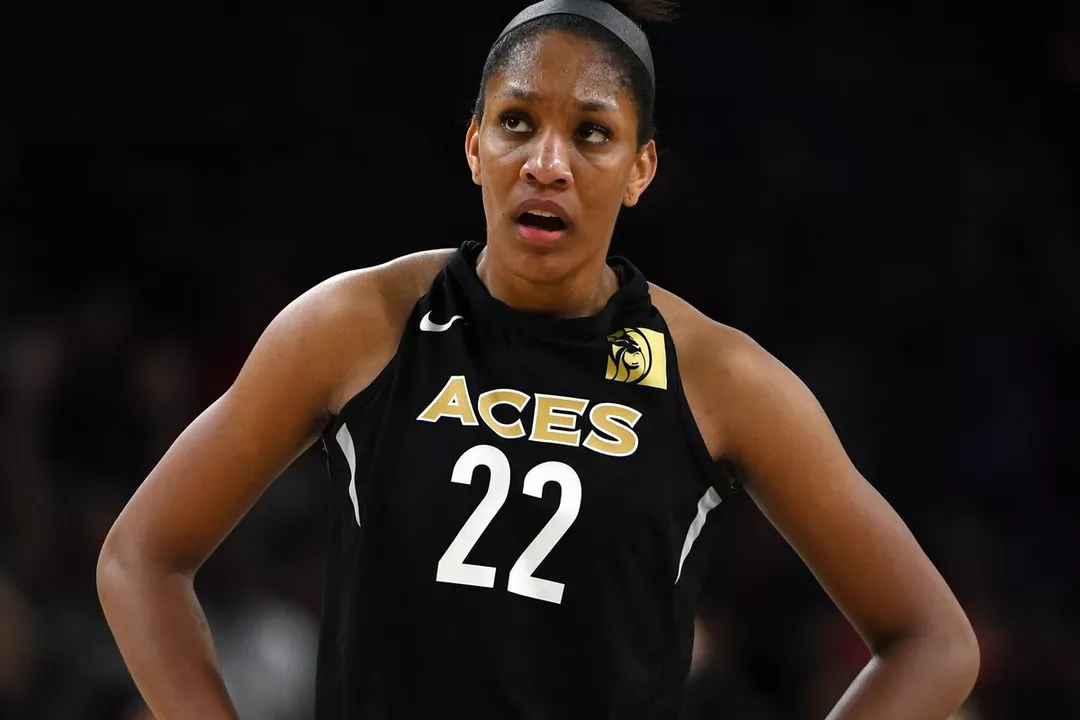Sports and Finance: Where Games Meet Money
When you start looking at Sports and Finance, the crossroads of athletic performance and economic impact. Also known as sports economics, it shapes everything from ticket prices to player contracts.
Take the WNBA, the top professional women's basketball league in the US as a case study. Its athletes often double their earnings by signing short‑term deals in overseas leagues, foreign competitions in countries like Russia and China. The contrast highlights how player salaries, the cash a sportsperson earns from contracts and endorsements can swing dramatically based on market size and league investment.
Why pay differences matter
In Sports and Finance, the gender pay gap is more than a headline—it’s a measurable metric that influences league growth, sponsorship deals, and fan engagement. When a WNBA star earns twice as much overseas, that extra income feeds back into training, nutrition, and community programs back home. This loop shows that gender pay gap, the disparity in earnings between male and female athletes directly affects the financial health of women’s sports.
Another core idea is that sports franchises rely on revenue streams like broadcasting rights, merchandise, and ticket sales. Those streams are quantified in financial reports, which analysts break down to predict future salary caps. When a league secures a lucrative TV deal, clubs can afford higher player salaries and better facilities. This relationship forms a semantic triple: Sports and Finance encompasses player salary analysis; broadcasting revenue influences salary caps; higher caps attract top talent.
Fans often wonder why a star can earn more abroad than at home. The answer lies in market demand. Overseas fans, especially in basketball‑crazy nations, are willing to pay premium ticket prices and sponsor athletes heavily. Those markets boost the overall sports economy, the sum of all financial activity generated by a sport. This, in turn, raises the bargaining power of players when they negotiate contracts in their domestic leagues.
Economists also point out that salaries are not just cash. Endorsements, performance bonuses, and image rights can add a sizable chunk to a player’s earnings. For example, a WNBA player who becomes a brand ambassador in China may negotiate a multi‑year deal that eclipses her US salary. That scenario illustrates another semantic triple: Overseas leagues influence sports compensation; brand partnerships increase total earnings; total earnings reshape the sports‑finance landscape.
Policy makers watch these trends closely. When governing bodies set salary floors or caps, they aim to keep competition balanced while ensuring clubs stay financially viable. These rules are a direct application of Sports and Finance principles, linking league governance to real‑world money flow. Understanding how salary caps work helps fans decode why some teams can sign big names while others stick to developing talent.
At the end of the day, the intersection of athletics and economics creates a dynamic ecosystem. Whether you’re a casual fan, a budding analyst, or a player planning the next career move, grasping the basics of Sports and Finance gives you a clearer picture of why contracts look the way they do, why some leagues thrive and others struggle, and how gender equity can reshape the entire industry.
Below you’ll find a curated collection of articles that break down these topics further, from deep dives into WNBA overseas contracts to analyses of how broadcast deals reshape salary structures. Dive in and see how money truly moves the game.
Why are WNBA players paid so much overseas?
As a passionate sports enthusiast, I've always been curious about the pay gap between WNBA players and their male counterparts. Interestingly, I recently discovered that many WNBA players receive substantially higher salaries when playing overseas. This can be attributed to a combination of factors, including the larger fan base and more significant financial investment in women's basketball in countries like Russia and China. Additionally, the shorter season length overseas allows players to earn a higher salary in a condensed timeframe. Ultimately, it's crucial to continue advocating for equal pay and opportunities for all athletes, regardless of their gender or the league they play in.
